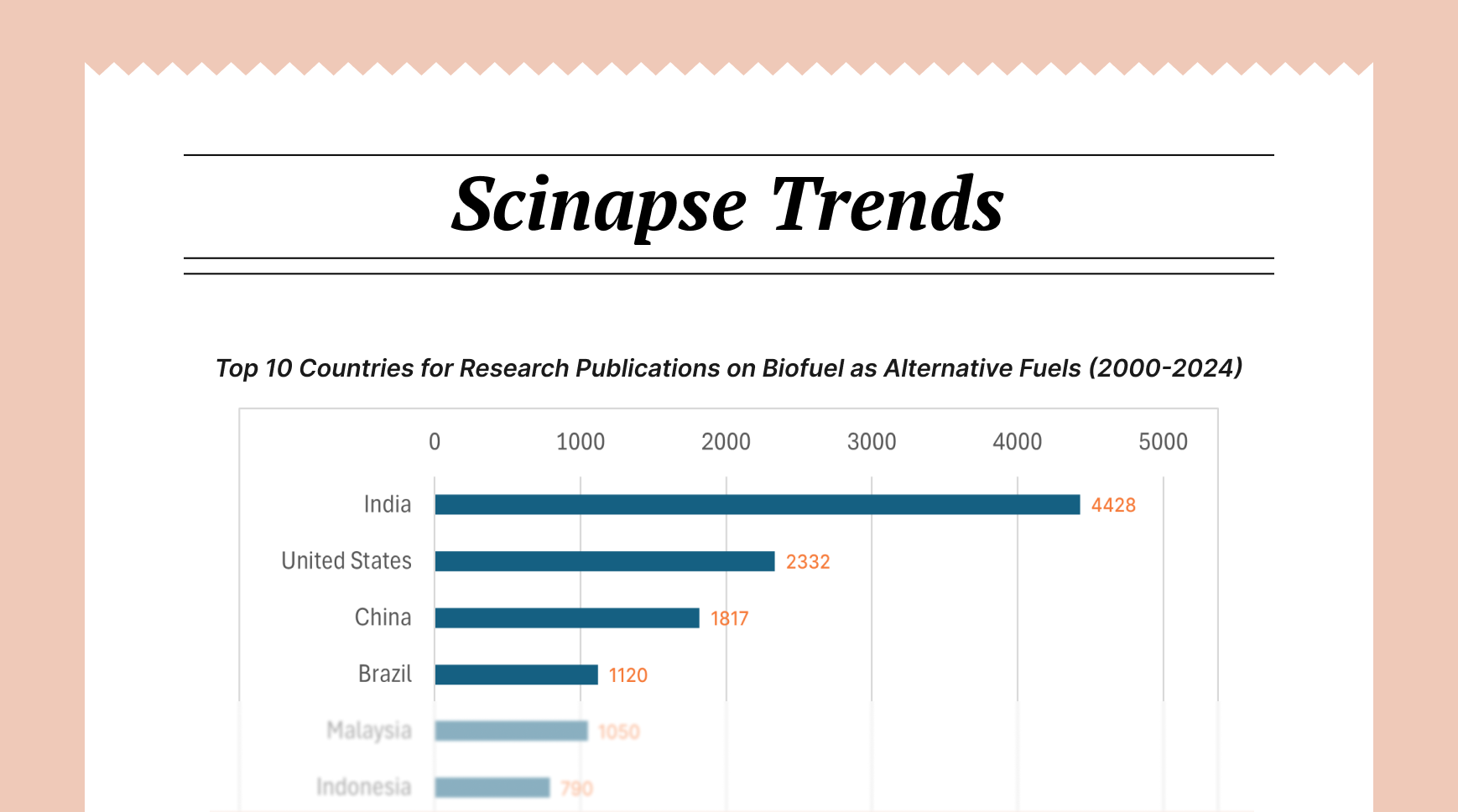A Step-by-Step Guide to Conducting a Systematic Literature Review

A systematic literature review (SLR) is an essential research method that helps synthesize existing knowledge by collecting, analyzing, and interpreting multiple studies. Unlike traditional reviews, SLRs follow a structured and transparent process, minimizing bias and enhancing reproducibility. Conducting an SLR is beneficial when a comprehensive, objective synthesis of the evidence is required, especially in fields such as medicine, social sciences, and education. In this article, we will guide you through the systematic literature review process, from planning to reporting, to ensure a thorough and credible outcome.

What is a Systematic Literature Review?
An SLR is a comprehensive and methodical approach to reviewing literature in a specific field. It involves identifying, selecting, evaluating, and synthesizing all available research related to a specific research question. Systematic reviews are crucial for summarizing evidence, identifying gaps, and guiding future research. Compared to traditional literature reviews, SLRs are more structured and transparent, which helps minimize bias.
Benefits of Conducting a Systematic Literature Review:
- Comprehensive Analysis: Captures all relevant research on a topic.
- Objective Approach: Reduces bias through systematic methodology.
- Reliable Evidence Base: Enables robust conclusions and recommendations.
- Identification of Gaps: Highlights areas where research is lacking.
Step 1: Define Your Research Question
The first step in conducting a systematic literature review is formulating a clear, concise research question. An effective way to do this is by using frameworks like PICO (Population, Intervention, Comparison, Outcome) for quantitative research or SPIDER (Sample, Phenomenon of Interest, Design, Evaluation, Research type) for qualitative research.
How to Formulate a Good Question:
- Be specific and focused.
- Align the question with your research objectives.
- Ensure it addresses a gap in the existing literature.
Example:
For a medical SLR: "What is the efficacy of drug X compared to drug Y in reducing symptoms of condition Z in adults?"
Step 2: Develop a Protocol
A protocol outlines the methods and criteria you will use in your SLR. It ensures consistency and transparency throughout the review process. Your protocol should include:
- Objective: What are you trying to accomplish?
- Eligibility Criteria: Define inclusion and exclusion criteria.
- Search Strategy: Outline databases, keywords, and search strings.
- Data Extraction Plan: Describe how you will collect and analyze data.
- Quality Assessment: Plan how you will assess the quality of the studies.
Example Protocol Component:
- Eligibility Criteria: Include peer-reviewed articles from 2015 onwards; exclude non-English publications.
Step 3: Conduct a Comprehensive Literature Search
Your search strategy must be systematic and replicable. Use multiple academic search engines like Scinapse, PubMed, Web of Science, and Google Scholar. Consider grey literature to avoid publication bias. To ensure completeness, conduct pilot searches to refine your strategy.
Tips for an Effective Search:
- Use Boolean operators (AND, OR, NOT) to combine keywords.
- Utilize advanced search features to refine your results.
- Keep track of your search process for transparency.
- Use synonyms and related terms to expand your search scope.
Step 4: Screen and Select Studies
Screening involves reviewing the titles, abstracts, and full texts of the identified studies to determine their relevance. Follow these steps:
- Initial Screening: Exclude studies that clearly do not meet inclusion criteria.
- Full-Text Review: Evaluate the remaining studies for eligibility.
- Data Extraction: Extract key data such as author, year, methodology, and outcomes.
Screening Example:
- Initial screening identified 500 studies; after title and abstract screening, 150 were selected for full-text review.
Step 5: Assess the Quality of the Studies
Assessing the quality of included studies is vital to ensure your review’s credibility. Use standardized quality assessment tools such as:
- Cochrane Risk of Bias Tool: For randomized controlled trials.
- Newcastle-Ottawa Scale: For observational studies.
- CASP Checklists: For qualitative research.
Quality Assessment Tip:
- Create a scoring system to rank the studies based on methodological soundness.
Step 6: Data Extraction and Management
Create a structured data extraction form to collect consistent information. Include:
- Study characteristics (author, year, country)
- Population and sample size
- Methodological details
- Key findings and outcomes
Recommended Tools:
- Use Excel or specialized software like RevMan for data management.
Step 7: Data Synthesis
Synthesize data to identify patterns and draw conclusions. Depending on your data type, choose between:
- Narrative Synthesis: For qualitative data, summarizing themes and insights.
- Meta-Analysis: For quantitative data, pooling results using statistical techniques.
Synthesis Example:
- Group studies based on intervention types and compare outcomes to identify trends.
Step 8: Interpret the Findings
Interpretation should go beyond summarizing. Critically discuss:
- Consistency: Are the findings in agreement?
- Heterogeneity: Are there differences across studies?
- Implications: What do the results mean for your field of study?
- Limitations: Acknowledge any potential biases or gaps.
Step 9: Report Your Findings
Follow reporting guidelines such as PRISMA (Preferred Reporting Items for Systematic Reviews and Meta-Analyses) to present your SLR clearly and systematically. Key components include:
- Abstract: Brief summary of the review.
- Introduction: Background and objectives.
- Methods: Detailed methodology and protocol.
- Results: Findings from the synthesis.
- Discussion: Interpretation and implications.
- Conclusion: Final thoughts and future research directions.
Step 10: Update Your Review
Since knowledge is constantly evolving, periodically updating your systematic review ensures its relevance. Set a schedule to re-run searches and incorporate new findings.
Conclusion
Conducting a systematic literature review requires meticulous planning and execution. By following this step-by-step guide, you can create a robust and reliable literature review that contributes valuable insights to your field.
Author: Uttkarsha B
- AI-Ethicist and STM Research & Publishing Expert
Never re-search again.
Scinapse is made by researchers for researchers.
Join the next generation of research at ⏯️ https://scinapse.io/
Pluto Labs
Pluto Labs helps researchers focus on their research by improving several inefficiencies in the academic research process. We offer data-driven insights from academic papers, allowing users to easily obtain review-level results for their desired range of papers.
https://pluto.im/





Comments ()